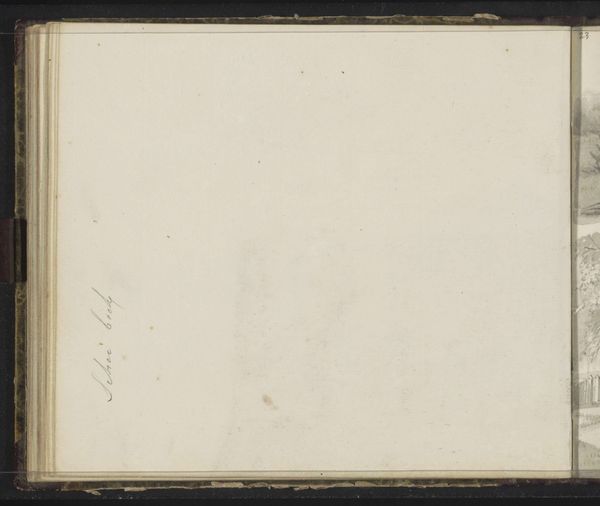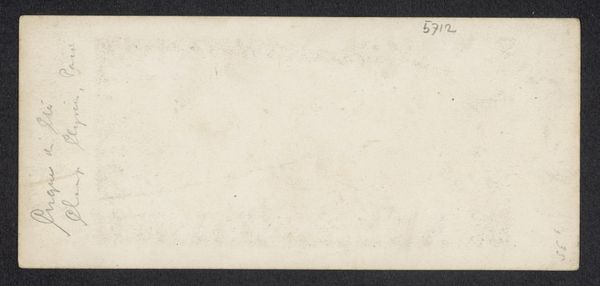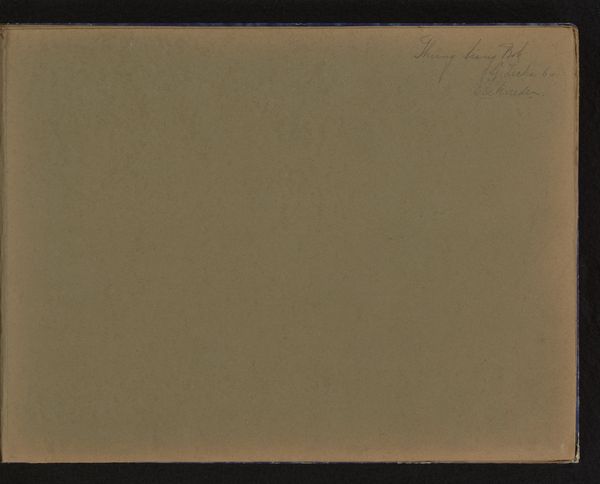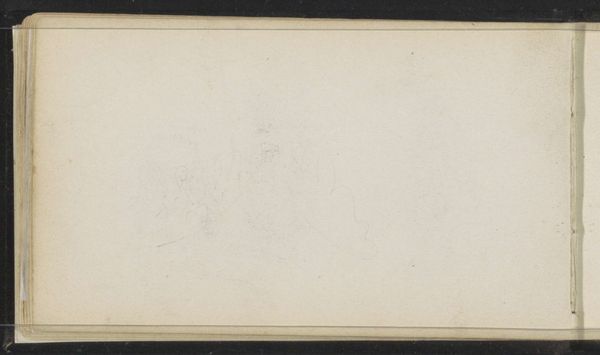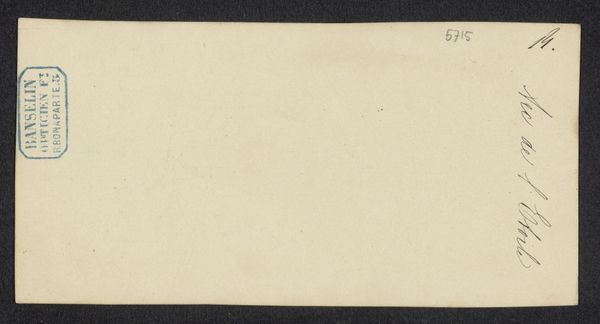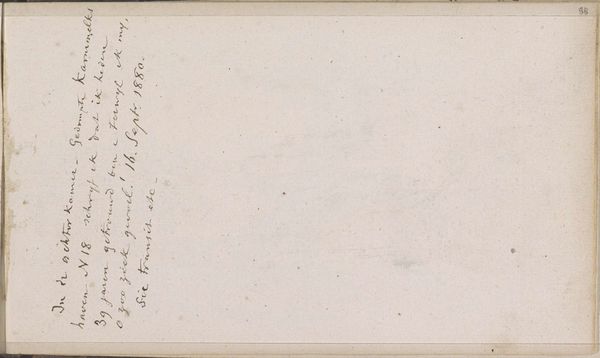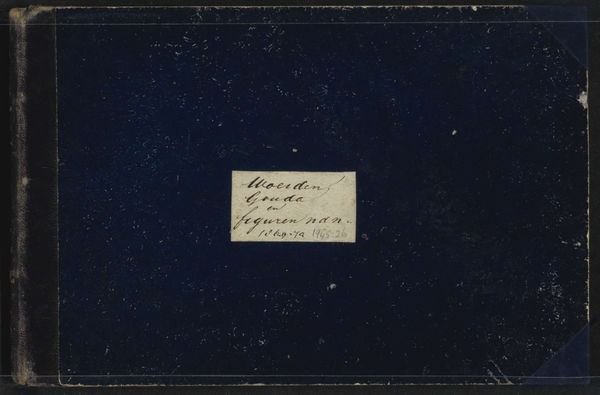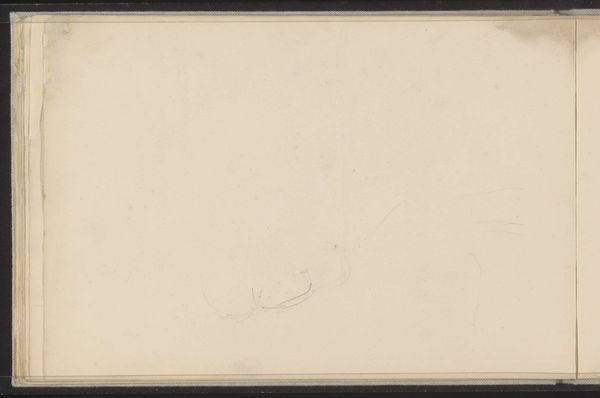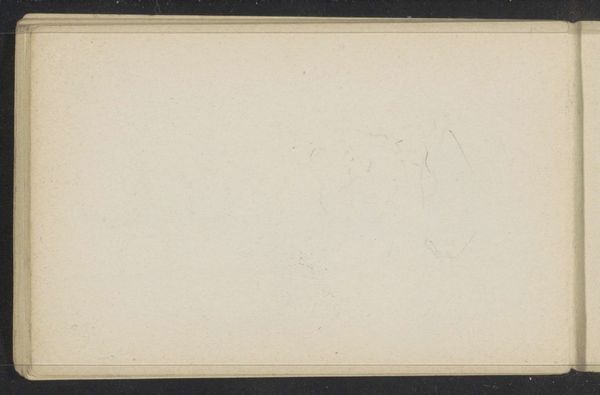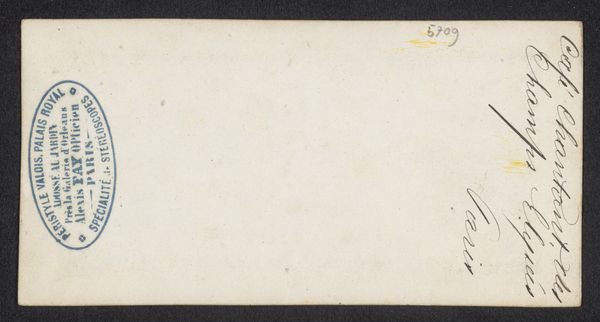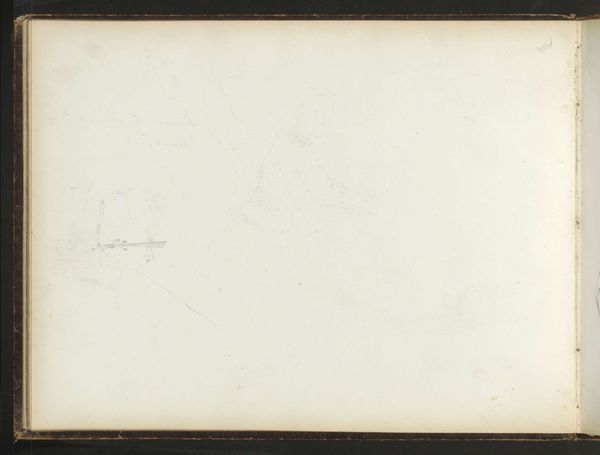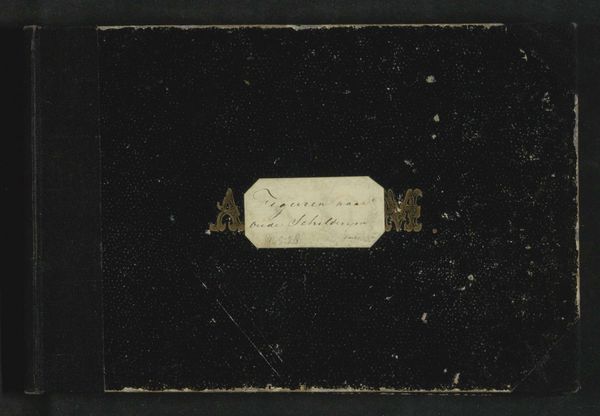
drawing, paper, watercolor
#
portrait
#
drawing
#
water colours
#
paper
#
watercolor
#
romanticism
#
watercolor
Copyright: Rijks Museum: Open Domain
Curator: So, here we have "Naam," a work believed to be from between 1845 and 1848, credited to Christian Heinrich Gottlieb Steuerwald. It's rendered in watercolor on paper, typical of the Romanticism period. Editor: My first impression? Ethereal. The wisps of what might be script, faded watercolors...it feels like a half-remembered dream, clinging to the page. Melancholy, almost. Curator: Exactly! And Steuerwald, even though perhaps not as widely known as some, deeply embodies the artistic ethos of the period. Watercolors were quite common in romantic portraits on paper because the artists considered that medium a vessel to emphasize sensibility. Editor: And what kind of sensibilities are we talking about here? It appears there's an entry by one M.L.Wassenderth, whose entry I would speculate to say occupies more space than the entry below it... what might M.L.'s standing in the "album amicorum" indicate to our reading of the full sketchbook? Curator: Album amicorum! A great contextualization, absolutely vital to seeing this artwork as a social artifact, which had been quite fashionable in Europe during that era! They offered this artistic window into individual lives and social connections that also functioned as miniature symbolic biographies. Steuerwald’s hand and other hands on display as participants created personal identities, a certain projection to appeal for a response by the other participants or beholders. Editor: Interesting… Almost a precursor to social media then, shaping our narrative for public consumption? A subtle form of control over how one is perceived, laid bare on a page? And those faint, flowing script, is there a suggestion of unfulfilled promise, faded glory? Am I reaching? Curator: Reach away! Isn’t that what art encourages? This could be one element of it, although Steuerwald also might indicate how rigid class structures influence who can play and make demands on others with freedom in certain communicative and cultural forms! But, let’s go back to what you said… what do we, here, through these subtle marks on paper, perceive about ourselves? Editor: Hmmm… Ultimately, it feels like a dialogue across time, mediated by pigments and paper. What stories are concealed behind these fading traces, right? Thanks for taking the journey with me to try to unlock these meanings! Curator: A very pleasurable task. The pleasure is always mutual! Thank you!
Comments
No comments
Be the first to comment and join the conversation on the ultimate creative platform.
